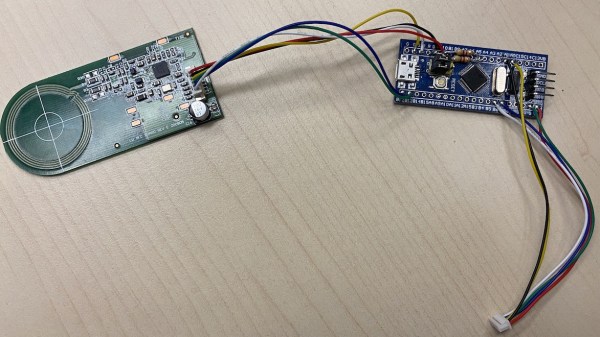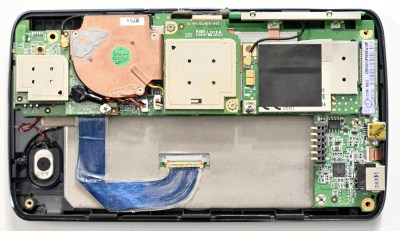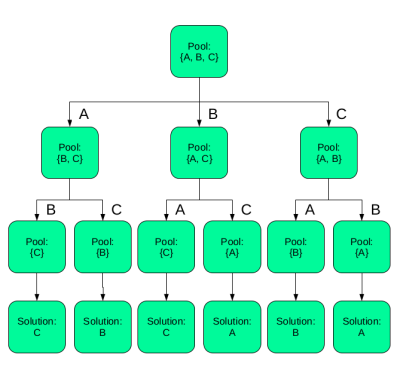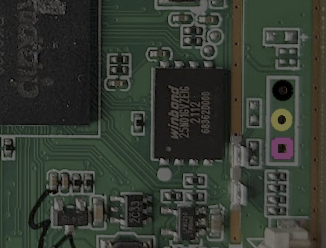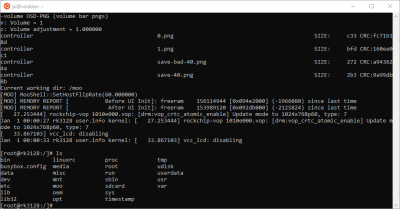My niece’s two favorite classes in high school this year are “Intro to AI” and “Ethical Hacking”. (She goes to a much cooler high school than I did!) In “Hacking”, she had an assignment to figure out some bug in some body of code. She was staring and staring, figuring and figuring. She went to her teacher and said she couldn’t figure it out, and he asked her if she’d tried to search for the right keywords on the Internet.
My niece responded “this is homework, and that’d be cheating”, a line she surely must have learned in her previous not-so-cool high school. When the teacher responded with “but doing research is how you learn to do stuff”, my niece was hooked. The class wasn’t abstract or academic any more; it became real. No arbitrary rules. Game on!
But I know how she feels. Whether it’s stubborn independence, or a feeling that I’m cheating, I sometimes don’t do my research first. But attend any hacker talk, where they talk about how they broke some obscure system or pulled off an epic trick. What is the first step? “I looked all over the Internet for the datasheet.” (Video) “I found the SDK and that made it possible.” (Video) “Would you believe this protocol is already documented?” In any serious hack, there’s always ample room for your creativity and curiosity later on. If others have laid the groundwork for you, get on it.
If you have trouble overcoming your pride, or NIH syndrome, or whatever, bear this in mind: the reason we share information with other hackers is to give them a leg up. Whoever documented that protocol did it to help you. Not only is there no shame in cribbing from them, you’re essentially morally obliged to do so. And to say thanks along the way!


